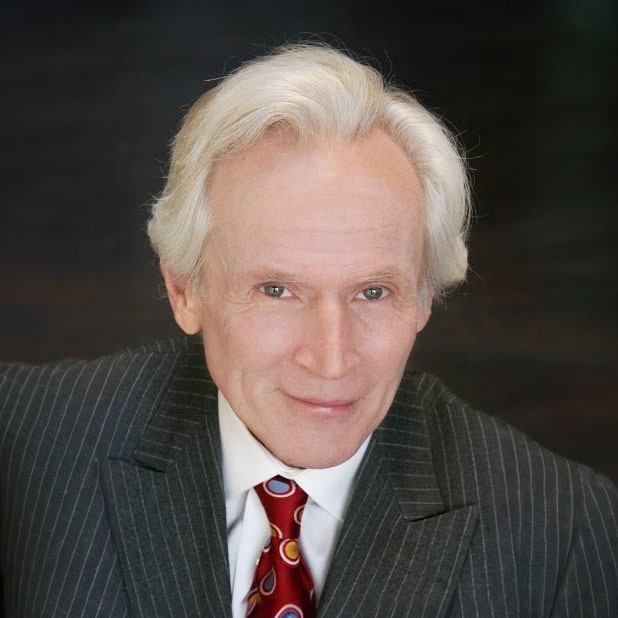The Write Stuff: Bravo for ‘Brevity’
October 2022
Smart Brevity: The Power of Saving More with Less, by the editors of Axios and published in September, joins the ranks of other guides to clear and to-the-point writing, offering time-tested advice that will help all public affairs professionals become better communicators.
With their “Yes, But,” “Why It Matters” and other helpful subheads, Axios founders Jim VandeHei, Mike Allen and Roy Schwartz argue for prose that is “short and punchy and trims the fat from most corporate, academic and personal communications.”
There are ways to achieve this effect that are readily adopted, though writers often need reminding. “Use active verbs,” for example, is one of them. Active verbs give power to sentences — and to the subjects of sentences. This rule (which is the key to the Axios style) forces the writer to figure out exactly what he or she is trying to say, and to do so in the most direct and effective manner.
Two other classics of this genre, which belong on any conscientious professional’s bookshelf, have made the same point differently, and that point bears repeating. (If it didn’t, each generation wouldn’t need to be taught.)
A favorite of good writers for more than a century is The Elements of Style, by William Strunk Jr. and E.B. White, who is best remembered today as the author of the much-loved children’s books Charlotte’s Web and Stuart Little. First published in 1918, Strunk and White, as it is often called, is now in its fourth edition and readily available. Time in 2011 called it one of the most influential books published in English in the past century.
As Strunk and White wrote, “the active voice is usually more direct and vigorous than the passive.” Vigor was important to the authors, who explained it this way: “Vigorous writing is concise. A sentence should contain no unnecessary words, a paragraph no unnecessary sentences, for the same reason that a drawing should have no unnecessary lines and a machine no unnecessary parts. This requires not that the writer make all sentences short or avoid all detail and treat subjects only in outline, but that every word tell.”
Another valuable resource is On Writing Well by William Zinsser, a longtime newspaperman who died in 2005. Here’s how Zinsser made the case for clutter-free prose: “The secret to good writing is to strip every sentence to its cleanest components. Every word that serves no function, every long word that could be a short word, every adverb that carries the same meaning that’s already in the verb, every passive construction that leaves the reader unsure of who is doing what—these are the thousand and one adulterants that weaken the strength of a sentence.”
The late newspaper columnist James J. Kilpatrick, author of The Writer’s Art, said the best book on the subject was Zinsser’s, which could be summed up with this theory: Writing “improves in direct ratio to the number of things we can keep out of it.”
This factoid is a bonus — not an “added bonus,” just a bonus. After Zinsser interviewed Woody Allen for The Saturday Evening Post, the director cast him in his movie Stardust Memories.
You just never know where good writing will take a person, do you?

More News & Resources
Sign Up For Impact
Have the monthly Impact Newsletter emailed to you.
Whether you’re building cutting-edge campaigns, engaging communities on social, mobilizing advocates, or exploring the power of new AI tools, THIS is where the future of advocacy comes alive.



